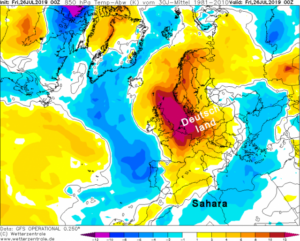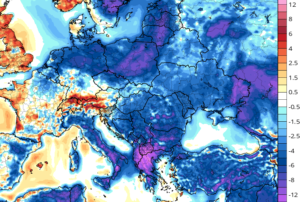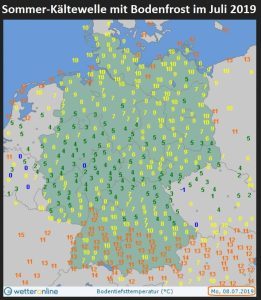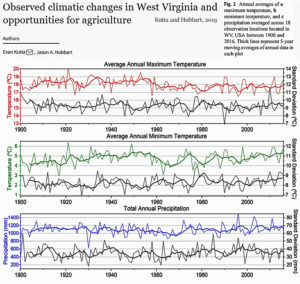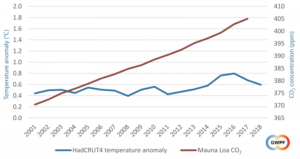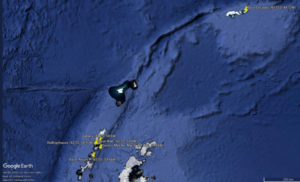by Cap Allon, Sep. 10, 2019 in Electroverse
Frost-fighting efforts have shifted into overdrive on New Zealand’s South Island as a brutal Antarctic blast rips through the region — the first blast of many, according to NIWA forecasts.
Otago, a southeastern region of NZ’s South Island, is home to the buds of millions of dollars worth of stone-fruit. Forecasters say temperatures in central Otago plummeted to a bruising -5C (23F) on Tues morning, Sept 10.
Sprinklers were turned-on so as to deliberately encase the tender fruit in a protective clear-ice casing — an age-old method of frost-fighting. While helicopters and wind machines were also drafted-in to blow warm air over the orchards.
“It’s all hands on deck,” said Tim Jones, chief executive of 45 South Orchard and Packhouse in Cromwell, who expects the cold to stick around for at least another month.
“NIWA has got some news out there that this could be a challenging spring,” Jones added.
New Zealand has a higher-than-usual risk of sharp cold snaps and unsettled weather during the first half of the season, according to the National Institute of Water and Atmospheric Research (NIWA).
A rare sudden stratospheric warming (SSW) event is occurring 30-50 km above Antarctica which is already leading to unusual and extreme weather in parts of the Southern Hemisphere.
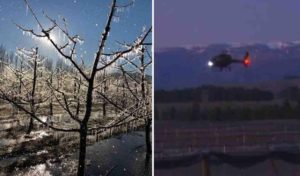
…

